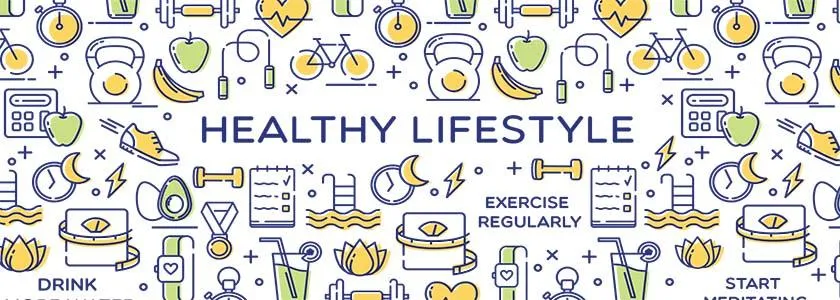Unlocking Vitality
This week on Lifestyle Matters I chatted with Saveena about the basics of exercise. This episode is the first of a series of shows in which we plan to explore all aspects of exercise and how it applies to health and wellbeing.
Exercise can be classified as: aerobic, resistance, balance, and flexibility.
Aerobic exercise can be thought of as fitness training, and can include activities such as brisk walking, jogging, cycling, or rowing. These are all types of activity that may you puffed out.
The Australian Government department of health advises the following activity guidelines for adults between 18 and 64.
Adults should be active most days, preferably every day.
Each week, adults should do either:
-
2.5 to 5 hours of moderate intensity physical activity – such as a brisk walk, golf, mowing the lawn or swimming
-
1.25 to 2.5 hours of vigorous intensity physical activity – such as jogging, aerobics, fast cycling, soccer, or netball
-
An equivalent combination of moderate and vigorous activities.
In addition, Department of Health guidelines state the following regarding resistance training.
Include muscle-strengthening activities as part of your daily physical activity on at least 2 days each week. This can be:
-
Push-ups
-
Pull-ups
-
Squats or lunges
-
Lifting weights
-
Household tasks that involve lifting, carrying, or digging.
Both balance and stretching activities should performed at least twice a week, especially by older Australians above the age of 65.
Flexibility activities
Activities that focus on your flexibility help you move more easily, and can include:
-
Tai chi
-
Bowls (indoor and outdoor)
-
Mopping or vacuuming
-
Stretching exercises
-
Yoga
-
Dancing
Balancing activities
Activities that help improve your balance can prevent falls and injuries, and can include:
-
Side leg raises
-
Half squats
-
Heel raises.
We also chat about the perils of being sedentary. Sitting increases all-cause mortality and has been found to be, independent of exercise, a risk factor for obesity, metabolic syndrome, cardiovascular disease, and type 2 diabetes mellitus.
Television viewing has been found to increase all-cause mortality even in those getting seven hours of exercise per week. Interrupting sitting with light to moderate intensity walking every 20 mins reduces blood glucose and insulin levels in obese patients.


 Login
Login










